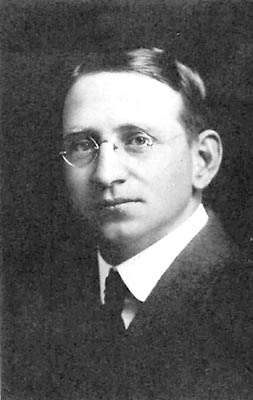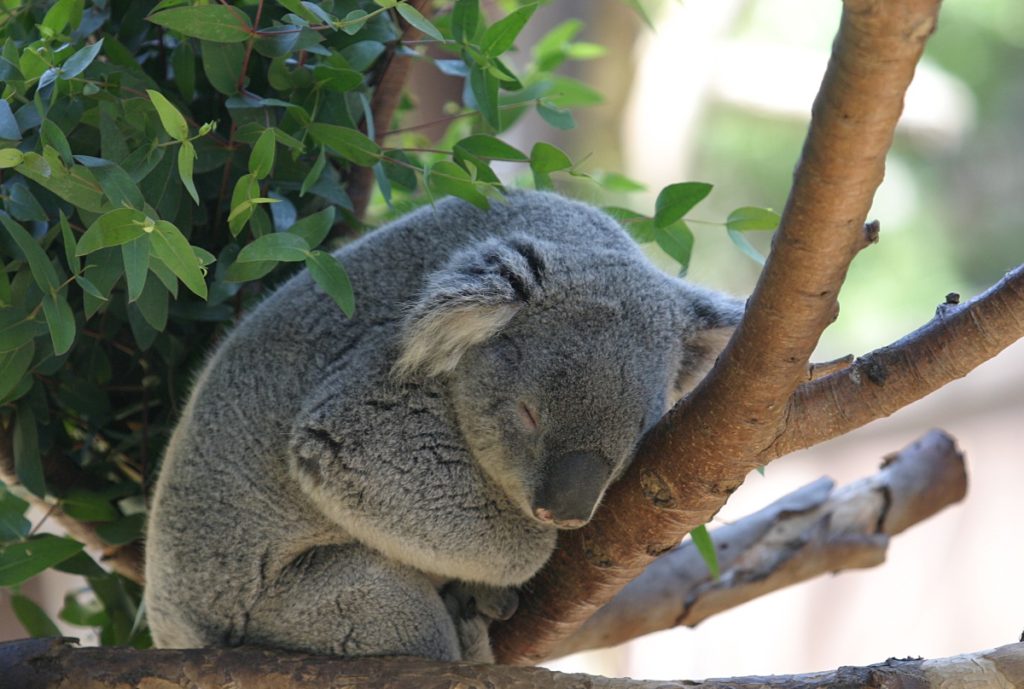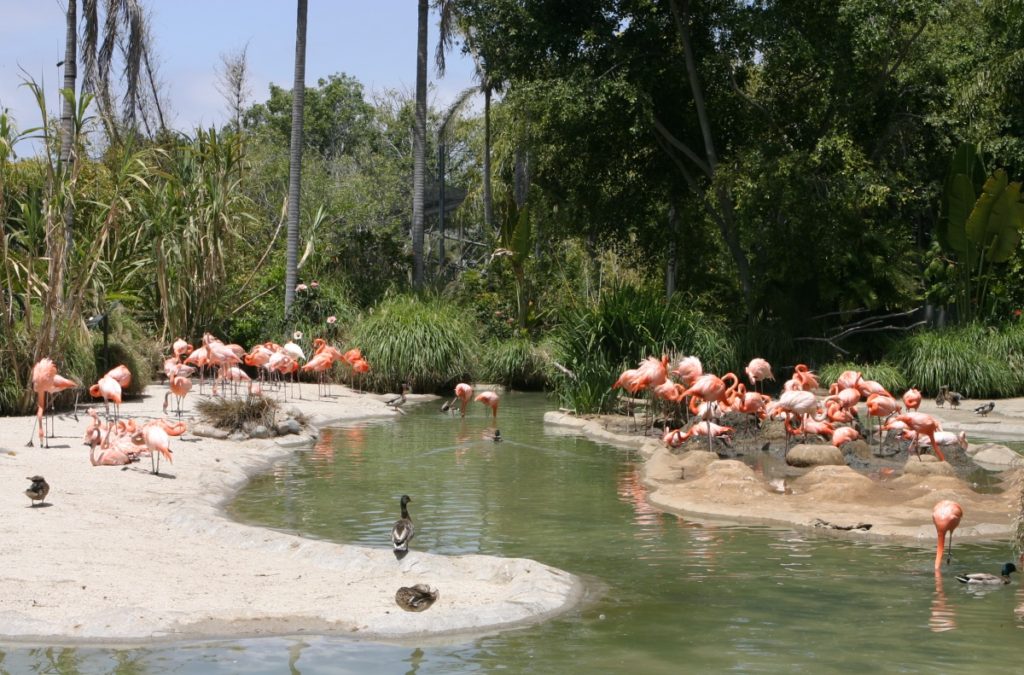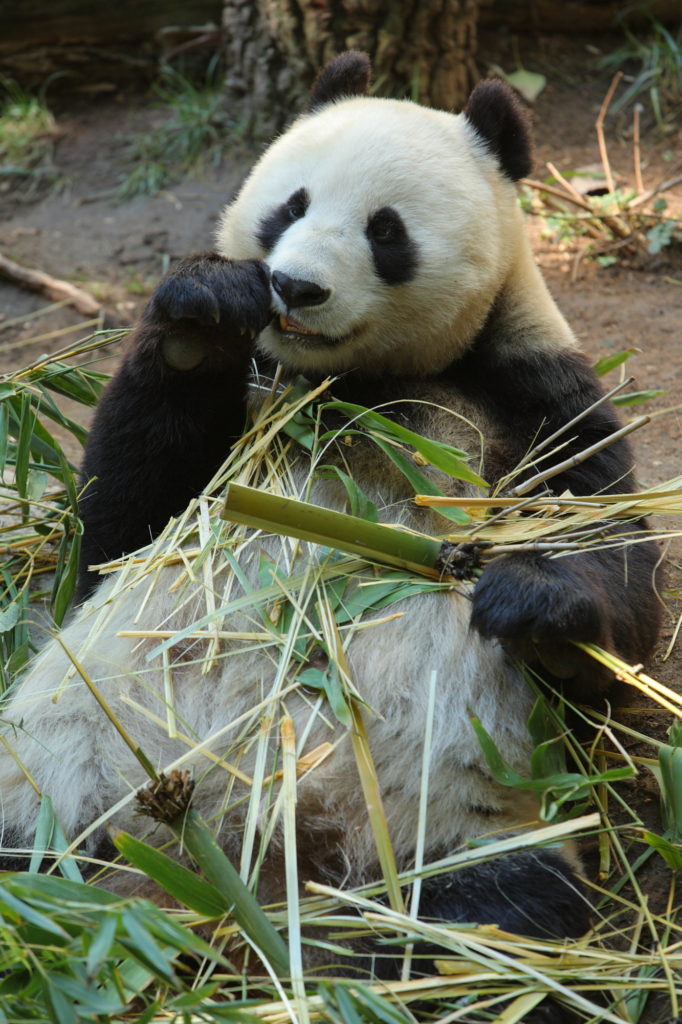The greatest zoo in the world—the San Diego Zoo—was founded on this date in 1916. Why? Because a medical doctor heard a lion roar and decided his city needed to hear that roar forever.
San Diego’s Balboa Park was the site for the 1915-16 Panama California Exposition. The two-year event celebrated the opening of the Panama Canal and specifically San Diego as the first port of call for westbound ships using the canal. The exposition featured a row of cages with living wild animals, mostly from the Americas but also including an African lion. Toward the end of the event’s run, no one knew what to do with the animals.

But Dr. Harry Wegeforth had an idea. As he and his brother were driving by the exposition site, they heard the lion roar. Wegeforth said to his brother, “Wouldn’t it be splendid if San Diego had a zoo? You know ….I think I’ll start one.” So, he called a meeting with his brother and three other leading citizens on October 2, 1916, and formed the San Diego Zoological Society. Within a few months, they were incorporated and took possession of the row of cages and their inhabitants. True to Wegeforth’s vision, San Diego now had a zoo!
It wasn’t much at first, just an unfenced row of cages along a Balboa Park pathway. Harry Wegeforth’s determination to make it a success was about all it had going for it. He waged an unrelenting campaign to secure land from the city and funding from anyone who would contribute. The zoo scraped by on private gifts (Ellen Scripps, patron of many San Diego institutions, was a regular donor), leftover food from stores and restaurants, and animals brought to the city by sailors returning from their voyages. One of their first big animals was a Kodiak brown bear that had been a ship’s pet but outgrew its welcome. When presented the bear at the dock, Wegeforth needed a plan to get it to the zoo. With no alternatives, he put the bear on a leash, sat it in the front seat of his car and drove it to the zoo, to the amazement of all he passed (he later rode an Asian elephant from the train to the zoo, again startling San Diego’s citizens). The same year saw the birth of three lion cubs

Within a year, the local newspaper called the zoo “the largest and finest collection of animals on the Pacific Coast.” It was gaining popularity and visitation, and the city gave the zoo about a hundred acres as a permanent home in the park. Wegeforth hired a new administrative manager for the zoo in 1925, Belle Benchley. She quickly rose in his esteem and was soon made the zoo’s executive director so Wegeforth could go back to practicing medicine. She kept the job for 26 years . Benchley was an organizational whiz, but also had an instinctive connection to the animals. “She described herself as housekeeper, dietitian, consulting physician, and homemaker to an adopted family of animals.”
Under Benchley’s leadership the zoo blossomed. She gave hundreds of public presentations each year. She used buses to bring school children to the zoo, the start of its educational mission. She finally pressured the city to enact a law giving the zoo 2 cents of every $100 of assessed real estate, creating a reliable funding base for the zoo. During World War II, when male staff went off to fight, she hired women to replace them, mentoring a whole generation of female zoo professionals. By 1951, more than one million visitors came to the zoo.

Benchley’s tenure as the zoo’s leader was the foundation for a continuing set of innovations that have made the San Diego Zoo the finest in the world. The zoo pioneered larger, more natural enclosures for animals, bounded by moats rather than fences. Today those exhibits are gathered into “bioclimatic zones” that emphasize ecosystems rather than individual species. They began breeding programs for rare and endangered animals, including tree kangaroos, clouded leopards, meerkats, and Przewalski’s horses. The zoo remains the most successful home for breeding giant pandas outside China.
In the 1960s, the zoo pioneered the idea of much larger natural habitats, ones in which the animals roamed free and the visitors were contained. They established the San Diego Zoo Safari Park is an 1800-acre expanse about 30 miles northeast of the original park. The large park allows behavioral research and more extensive breeding programs, most notably for the California condor. The zoo also houses a collection of tissue and genetic materials from 1000 species, kept frozen for future use in research and breeding (the “Frozen Zoo,” they call it). The grounds of both facilities house similarly diverse specimens of plants from around the world, with nearly 30,000 species represented.

The mission of the San Diego Zoo Gobal, as it is now known, is as a “conservation organization committed to saving species around the world.” To accomplish that mission, the zoo has 5 international field stations and runs programs in 45 countries working on the conservation of 130 species. It has introduced 44 species back into the wild, using animals born through its conservation breeding program (including 180 rhinoceros). More than 5 million people visited the zoo’s facilities in 2017, ranking it the best zoo in the world.
From the roar of a lion and the vision and dedication of first one man and one woman and then thousands, the San Diego Zoo Global is making our world more sustainable. Stop by sometime.
References:
Encyclopedia.com. Benchley, Belle (1882-1973). Women in World History: A Biographical Encyclopedia. Available at: https://www.encyclopedia.com/women/encyclopedias-almanacs-transcripts-and-maps/benchley-belle-1882-1973. Accessed August 7, 2019.
Encyclopedia Britannica. San Diego Zoo. Available at: https://www.britannica.com/place/San-Diego-Zoo. Accessed August 7, 2019.
K., Karie. 2019. Dr. Harry Wegeforth, Two Stubborn Elephants, and One Fiesty Diablo. Available at: https://zoohistories.com/tag/harry-wegeforth/. Accessed August 7, 2019.
Matteson, Sarah. 2016. The San Diego Zoo After 100 Years. San Diego History Center Quarterly 62:2. Available at: https://sandiegohistory.org/journal/2016/april/san-diego-zoo-100-years/. Accessed August 7, 2019.
San Diego Zoo. Our Mission. Available at: https://zoo.sandiegozoo.org/our-mission. Accessed August 7, 2019.
Wilkens, John. 2016. How San Diego Zoo evolved into a powerhouse. The Sand Diego Union-Tribune, May 9, 2016. Available at: https://www.sandiegouniontribune.com/news/zoo/sdut-zoo-timeline-anniversary-san-diego-animals-2016may09-story.html. Accessed August 7, 2019.
